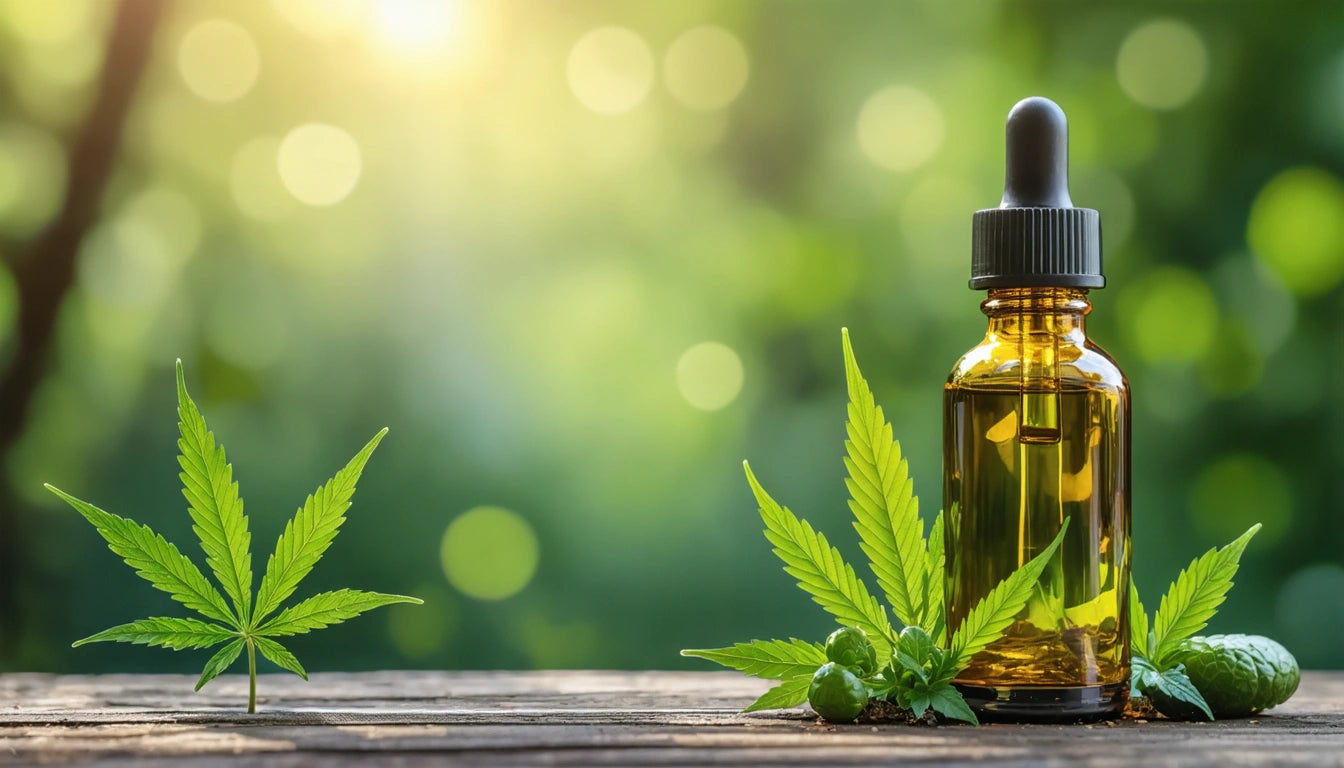Table of Contents
- How Hair Drug Tests Work: Collection and Analysis Process
- Detection Window: How Far Back Hair Drug Tests Can Detect Substances
- Substances Detected: What Shows Up on Hair Drug Tests
- Accuracy Factors: Understanding Hair vs. Urine Testing
- Prevalence in Testing: How Common Are Hair Drug Tests
- Myths and Facts: Common Misconceptions About Hair Testing
- Future Implications for Hair Testing Technology
Understanding Hair Drug Tests: How They Work, What They Detect, and Their Accuracy
Hair drug testing has become increasingly prevalent in pre-employment screenings and legal proceedings due to its extended detection window and difficulty to adulterate. Unlike urine or saliva tests that provide a snapshot of recent drug use, hair tests can reveal substance use patterns over months. This comprehensive guide explores how hair drug tests work, their accuracy, and what factors influence their results.
How Hair Drug Tests Work: Collection and Analysis Process
Hair drug testing involves a multi-step process that begins with sample collection and ends with laboratory analysis. Understanding this process helps clarify why these tests are considered more comprehensive than other testing methods.
The standard collection procedure requires approximately 100-120 strands of hair, typically cut close to the scalp from the crown of the head. As detailed in our guide on how much hair is needed for a drug test, this sample equates to roughly the thickness of a pencil. If head hair is unavailable, body hair from locations such as the chest, arms, or legs may be used as an alternative.
Once collected, the hair sample undergoes a thorough washing process to remove external contaminants before being dissolved and analyzed. This analysis typically employs gas chromatography/mass spectrometry (GC/MS) or liquid chromatography/tandem mass spectrometry (LC/MS/MS) to identify drug metabolites embedded within the hair shaft.
Detection Window: How Far Back Hair Drug Tests Can Detect Substances
One of the most significant advantages of hair testing is its extended detection window. While urine tests typically detect substances used within the past few days, hair drug tests can identify drug use from months prior.
The standard 1.5-inch hair sample collected provides approximately a 90-day history of drug use. This is because hair grows at an average rate of 0.5 inches per month. For those wondering how long cannabis stays detectable in hair, the answer is typically up to 90 days with standard testing, though some specialized tests can look back even further.
It's important to note that hair drug tests cannot detect very recent drug use (within the last 5-7 days) since it takes time for substances to be incorporated into the growing hair shaft. This creates what's often called a "detection gap" between very recent use and when those substances become detectable in hair samples.
Substances Detected: What Shows Up on Hair Drug Tests
Standard hair drug tests screen for a variety of substances, with the most common being the 5-panel test that detects:
- Amphetamines (including methamphetamine and MDMA)
- Cocaine and its metabolites
- Opiates (morphine, codeine, heroin)
- Phencyclidine (PCP)
- THC (marijuana)
More comprehensive panels may also test for:
- Benzodiazepines
- Barbiturates
- Methadone
- Oxycodone and other synthetic opioids
When considering what a hair drug screen tests for, it's worth noting that alcohol is not typically included in standard panels but can be detected through specialized ETG (ethyl glucuronide) hair testing when specifically requested.
Accuracy Factors: Understanding Hair vs. Urine Testing
Hair drug tests are generally considered more accurate than urine tests for detecting patterns of repeated drug use, with false positives being relatively rare. However, several factors can influence their accuracy:
When comparing hair vs urine drug test accuracy, hair testing offers advantages in detecting long-term use but may miss occasional or very recent use. Urine testing, while more limited in detection window, can identify substances used within days of the test.
The question of how accurate is body hair drug testing compared to head hair testing is important. Body hair grows at a different rate than head hair and may represent a different timeframe. It generally grows slower and may represent a longer but less defined period of potential use.
External contamination can occasionally cause false positives, though laboratories attempt to mitigate this through washing procedures. Additionally, the concentration of drug metabolites can vary based on hair color and texture, with some research suggesting darker hair may bind certain drugs more readily than lighter hair.
For labs and testing facilities, ensuring accurate results requires proper equipment. Many facilities use specialized filling and processing equipment to prepare samples consistently and minimize human error during the testing process.
Prevalence in Testing: How Common Are Hair Drug Tests
While urine testing remains the most common drug screening method, hair testing has gained popularity in specific sectors. When asking how common are hair drug tests, the answer varies by industry and testing purpose.
Hair testing is more prevalent in:
- Safety-sensitive industries (transportation, aviation)
- Federal positions (many wondering do government jobs drug test hair should know that some agencies do use this method)
- Child custody cases
- Probation monitoring
- High-security clearance positions
Some specific employers like Sonic have their own drug testing policies. For those asking does Sonic drug test with hair samples, company policies can change, but historically they have primarily used urine testing rather than hair testing for most positions.
For a broader understanding of testing practices across industries, our guide on employment drug testing provides valuable context on when and why different methods are used.
Myths and Facts: Common Misconceptions About Hair Testing
Several myths circulate about hair drug testing, particularly regarding methods to circumvent positive results:
One common question is will bleaching hair pass a drug test. While bleaching may reduce the concentration of some drug metabolites, it rarely removes them completely. Modern testing methods can often detect attempted adulteration, and severely damaged hair samples may be rejected, requiring alternative testing methods.
Another misconception involves the testing process itself. Many wonder how long does hair drug test take to complete. While collection is quick (usually under 10 minutes), laboratory analysis typically takes 24-72 hours, with results available within 3-5 business days in most cases.
For those seeking legitimate approaches to preparing for testing, effective strategies for passing a hair follicle drug test focuses on abstinence timeframes and understanding testing limitations rather than questionable quick-fix methods.
Future Implications for Hair Testing Technology
Hair drug testing continues to evolve with advancing technology. Newer methods are improving detection sensitivity, allowing for identification of lower concentrations of substances. This evolution may eventually address some current limitations, such as the inability to precisely determine the timing or frequency of drug use within the detection window.
Research is also focusing on standardizing testing across different hair types and colors to address potential biases. As these technologies advance, we may see hair testing become even more prevalent across industries, particularly as costs decrease and processing times improve.
For individuals and employers alike, staying informed about these developments helps navigate the complex landscape of drug testing with greater confidence and understanding. As regulations evolve and testing becomes more sophisticated, the importance of education on these processes will only increase.
",










Leave a comment
All comments are moderated before being published.
This site is protected by hCaptcha and the hCaptcha Privacy Policy and Terms of Service apply.